Laboratory oximeters. Operation and applications
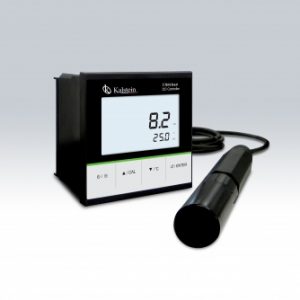
This is an indispensable equipment that can be used inside or outside the laboratory, there are table models and laptops are available, its function consists of to measure the oxygen dissolved in liquids that can be used both in the field and in the laboratory, applied in treatment stations of effluents and waters in general; also called oxygen meter.
Microwave digester: in which scientific sectors is it used?
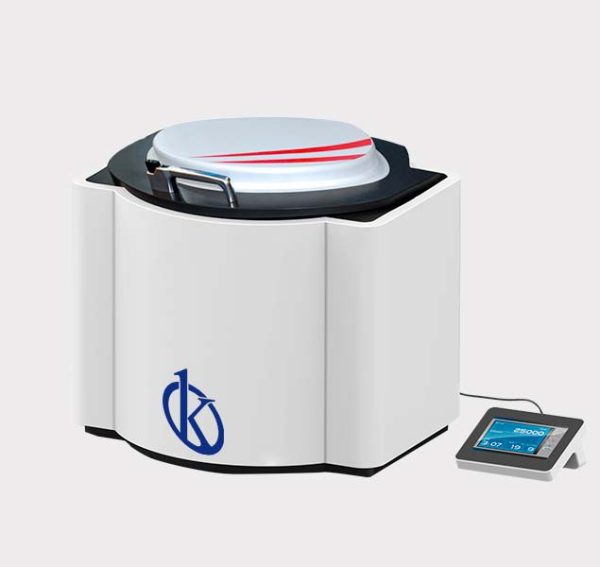
The use of this equipment for different scientific processes is proven thanks to the scientific researchers in the areas of chemistry and engineering, where the use of microwaves for NTK analysis and oxygen demand is validated, due to the effective system of temperature that these processes require, thanks to the microwave digester samples and tests reach a necessary temperature in a shorter time and without thermal degradation.
How to ensure food quality with Microwave Digester
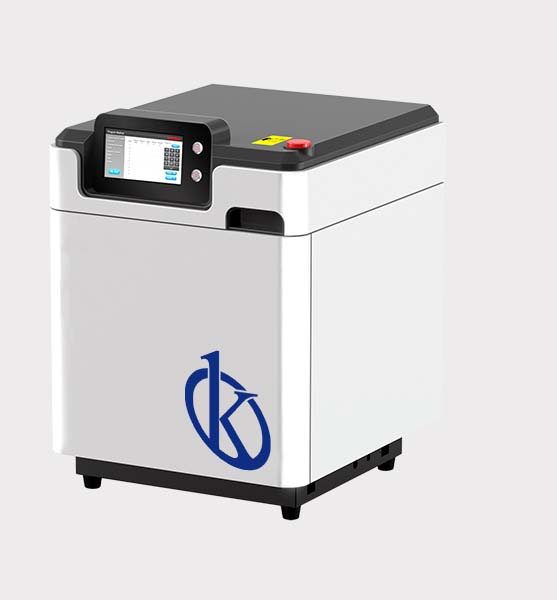
Microwave digesters are equipment that perform sample digestion in order to obtain information about its components at the elementary level, they are used in many fields, from biology, chemistry, medicine, textile industry to the cosmetics industry. Microwave digestion is used hand in hand with the spectrophotometry technique, since in the latter it is necessary that the sample is in liquid state to be able to analyze it.
Microwave Digestion in environmental samples for the agricultural sector?
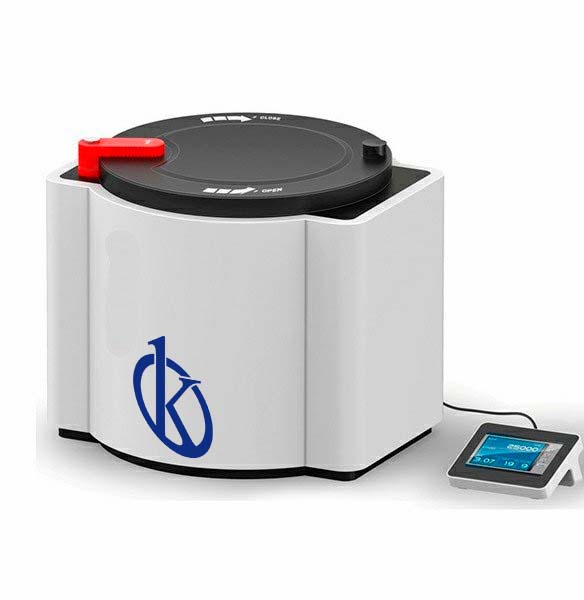
Many laboratory procedures require the use of a microwave digester for sample preparation. The rationale for any microwave digestion process is based on the introduction of the samples into special transparent and closed vessels, in conjunction with the reagents required for testing. The sample is heated to temperatures ranging from 200° to 300° C so that it is partially or completely degraded.
Microwave Digestion System in Tumor Samples to Detect Cancer

Microwave digestion is a technique used to break down the materials in a test sample. By adding strong acids and even bases and heating, the sample homogenization process is accelerated. This results in a solution in which there are highly solubilized organic materials and metal ions, suitable to perform a spectrophotometry analysis and know the components that make up the resulting solution.
What is Acid Digestion for Metal Determination?

By using the techniques of atomic absorption spectrometry and microwave digesters, they comply with traditional methods for acid digestion, and are used for the development and preparation of samples, in order to obtain the analysis in liquid form.
How is a Sample Digested?

The digestion of samples is carried out through standard procedures for the preparation, by heating them, in transparent airtight containers, together with the acids necessary for the studies. For this, the Microwave Digestion equipment is used, where it applies usual parameters, such as temperature, which range between 220-240ºC, depending on the sample that requires to be subjected to heat, generating partial or complete degradation of the sample.
What is a microwave used for?

The applications of this equipment are wide in different areas, generally used to mineralize solid samples from which information is obtained at elemental level through spectroscopic technique, so it is necessary that the sample is in liquid state, this apparatus is present in laboratories dedicated to the environment, agriculture, food, plastics, petrochemical industry, geochemical industry, metals, ceramics.
Benefits of Bacticinerator for Microbiology tests in the Laboratory
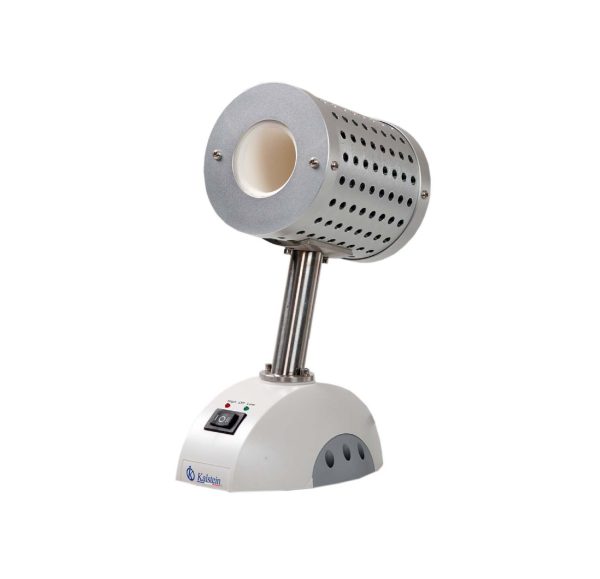
The work of the microbiology laboratory is to identify precisely, firmly and quickly the responsible agents at the species level, and identify their patterns of antimicrobial resistance. Thus, standard microbiologic methods remain consistent in providing rapid identification and susceptibility testing.
Safety measures for the use of the Bacticinerator in the laboratory
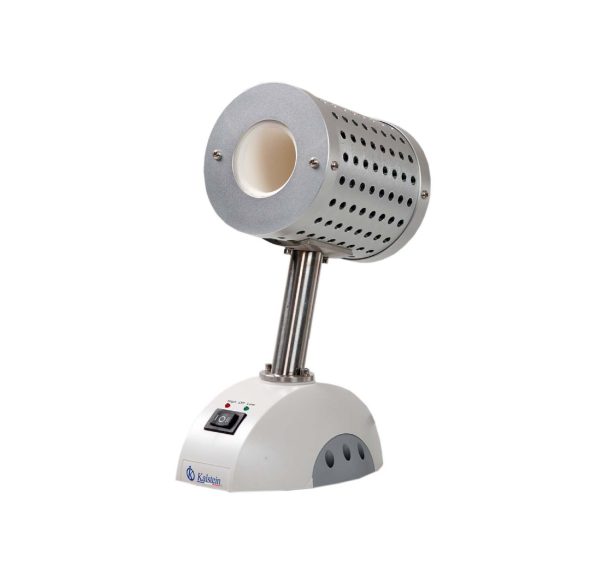
It is important to comply with security measures, because it is not only the right way to work, it is the only way to do it. Therefore, working in a laboratory involves the use of equipment and other elements, whose dangers are mandatory to study them to prevent in all aspects. Reflecting on safety measures in the laboratory is a formal requirement, since the risk of accidents such as burns, poisoning, fires or electrical shocks are always present.
